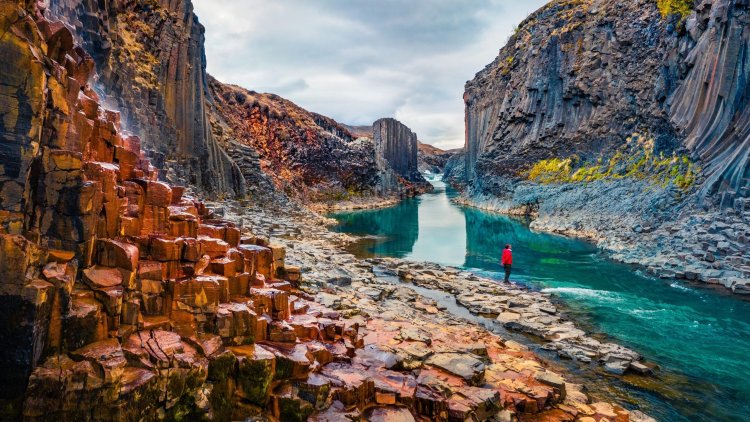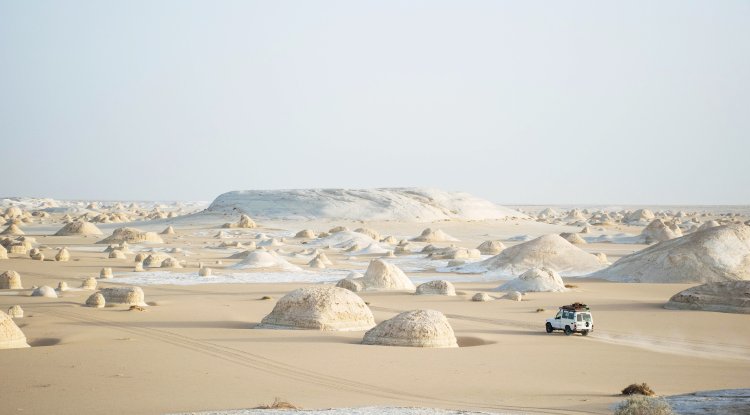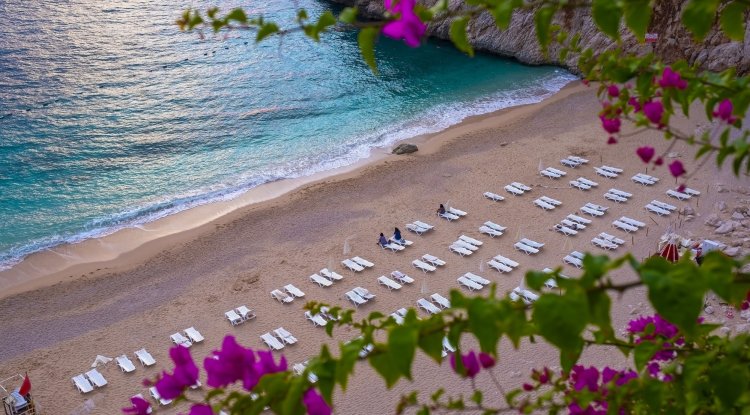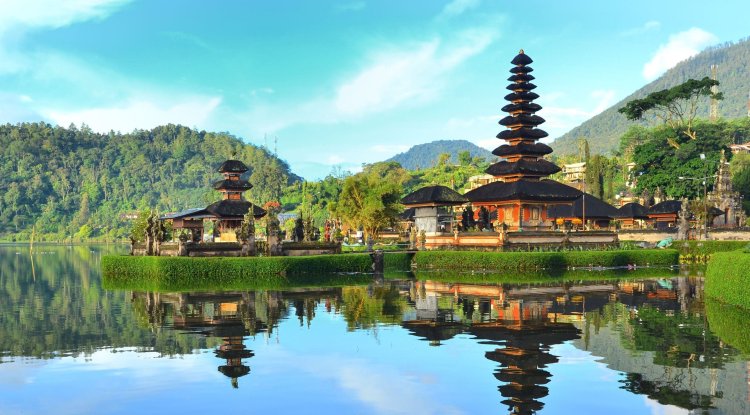Studlagil Cnayon: the wonder of Iceland!
How about a trip to Iceland for the more adventurous ones? We are talking about the place of pure nature, created by such a strong movement of the river...

How about a trip to Iceland for the more adventurous ones? We are talking about the place of pure nature, created by such a strong movement of the river that it instills awe and caution, and was only recently discovered by the rest of the world. You will find it in the eastern part of Iceland in the Jokuldalur Valley, called Studlagil Canyon.
It got its shape with the incredibly strong action of the 150-kilometer-long Jokla River. Until recently, only a few local farmers lived here and foreign visitors did not know about it. Due to its strength and water level, no one came here for a long time - the area was considered too dangerous.
Only after the nearby hydroelectric power plant was built in 2009, the situation changed: the water level of the river dropped and its strength was no longer a threat to people. The once mighty river that flowed through the canyon carrying tons of sand and mud is now a calm, turquoise beauty that flows slowly.
The canyon soon began to attract more and more visitors. If you've ever dreamed of visiting the Irish Giant's Causeway, you can experience the same thing here - Studlagil Canyon is the place with the most pillars in the whole of Iceland. Studlafoss waterfall stands out with its beauty, so don't skip it when you have already visited the east of the country. It is necessary to take hiking shoes for a walk because the terrain can be inconvenient. It takes 2 to 3 hours to tour the canyon, and it is recommended to arrive during the Aurora Borealis.
Although we would look at the photos and conclude that today the canyon is flooded with visitors, fortunately for nature - it is not. This can also be attributed to his hard-to-reach position. Access to the canyon is not very easy, and there are few signs on the way to it. Also, it is outside the standard tourist routes, so many simply skip it due to lack of time.
Visitors are strongly warned against leaving garbage and any interventions. Special care is needed during May and June when geese find a place to lay eggs here. Icelanders note that you do not come during this period. Rather come in the spring or late summer when the river takes on a more powerful appearance due to the rains. Just be brave and careful!





























